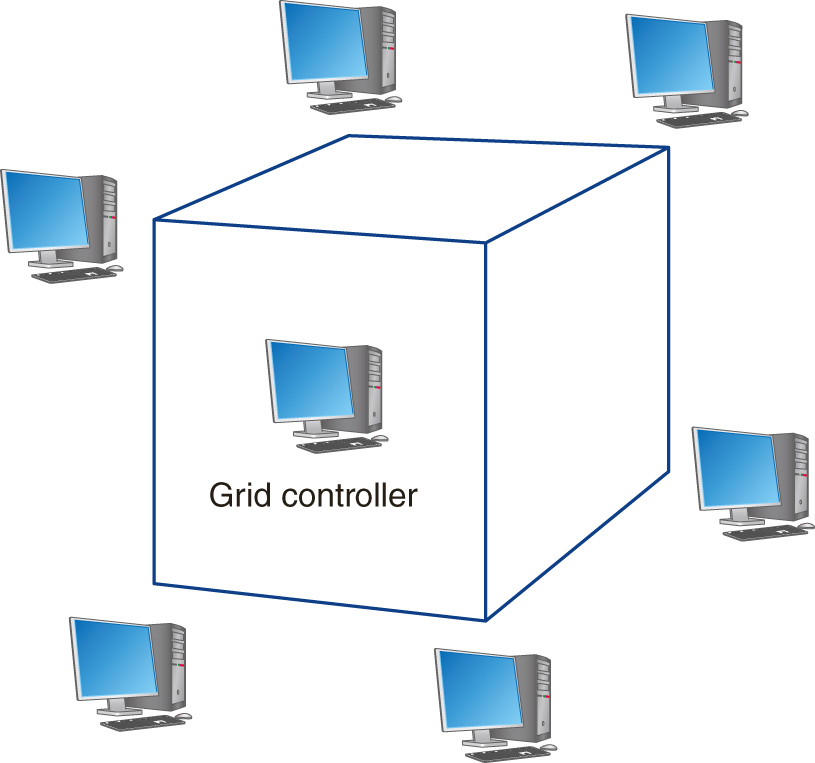Collecting Processing Power Through Grid Computing
Through cloud computing, users leverage virtual processing power and data storage via Internet-based computing resources that reside in the cloud. Through CPU (or server) farms and load balancing, cloud-based applications can scale on the fly to meet user demands.
Before the advent of the cloud, developers sought ways to leverage the potential processing power of networked computers. The concept of grid computing is based on the fact that throughout the day most PCs have spiked use. This means that when a user is active, the CPU utilization may grow to 30 to 50 percent of the processor’s capacity. When the user is not active, the CPU is idle, often using 1 percent or less of its processing capabilities.
By utilizing the fact that most computers are connected to a network, the grid-computing architects look to design applications that could hand off work across the network to idle CPUs. When the CPU completes its task, it simply returns its result. Shown in FIGURE 1-13, a grid-computing application is well suited for scientific and complex mathematical processing.

FIGURE 1-13 Grid computing breaks a complex task into smaller pieces that are distributed to CPUs that reside within the network (grid).
As you might anticipate, grid computing introduces a wide range of security issues. The applications that move across the grid must bring with them code to execute, data, and other state information. The University of California, Berkeley, is one of the leaders in grid computing. To facilitate computer interaction across grids, the university developed the Berkeley Open Infrastructure for Network Computing (BOINC). For specifics, visit http://boinc.berkeley.edu.
